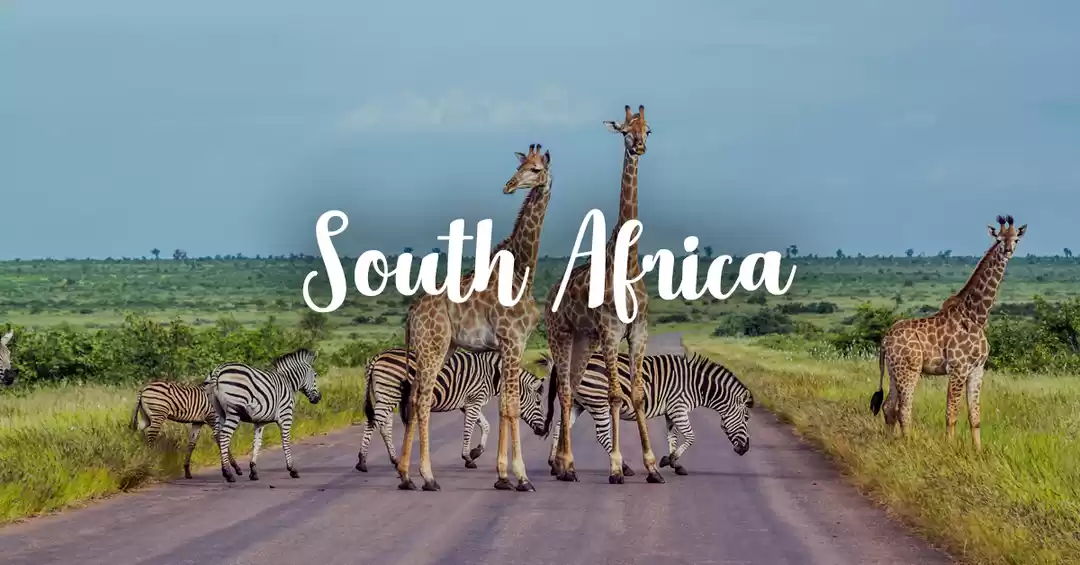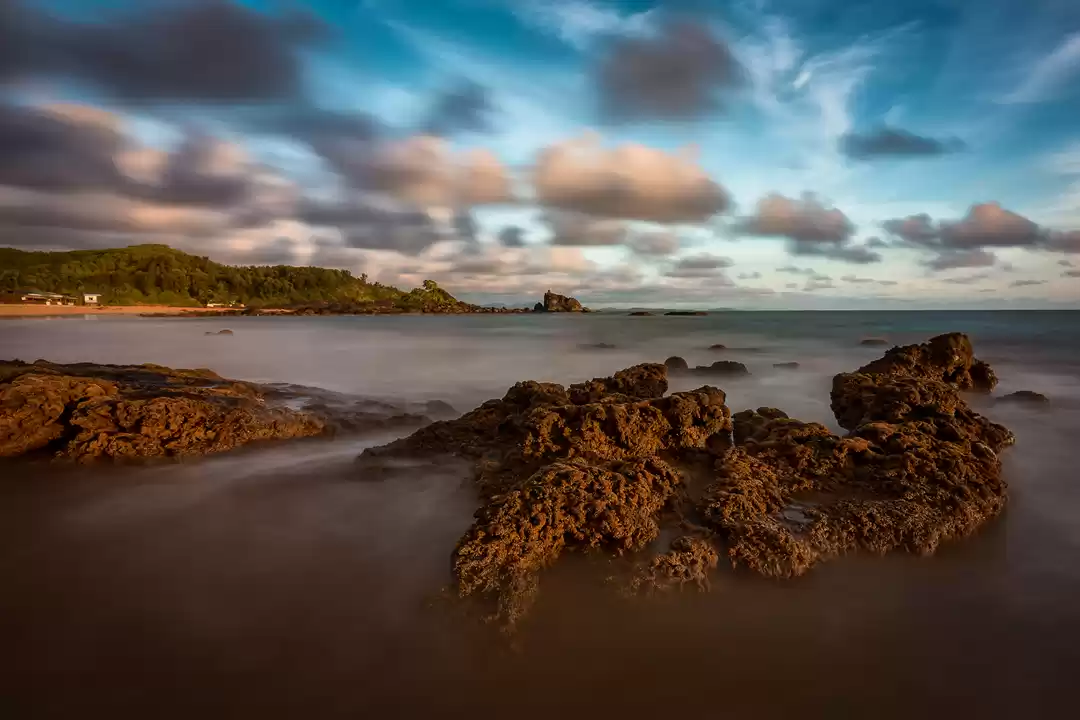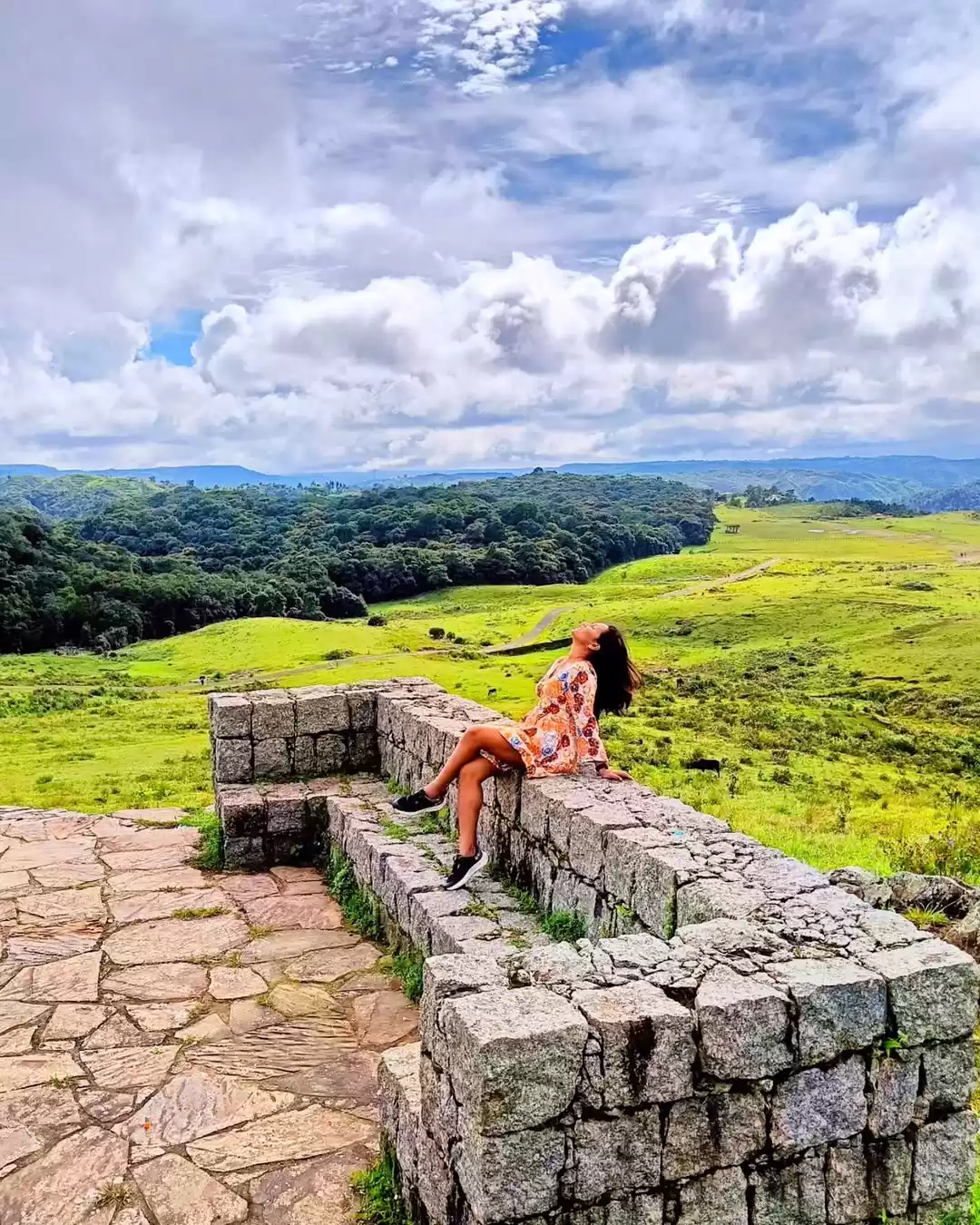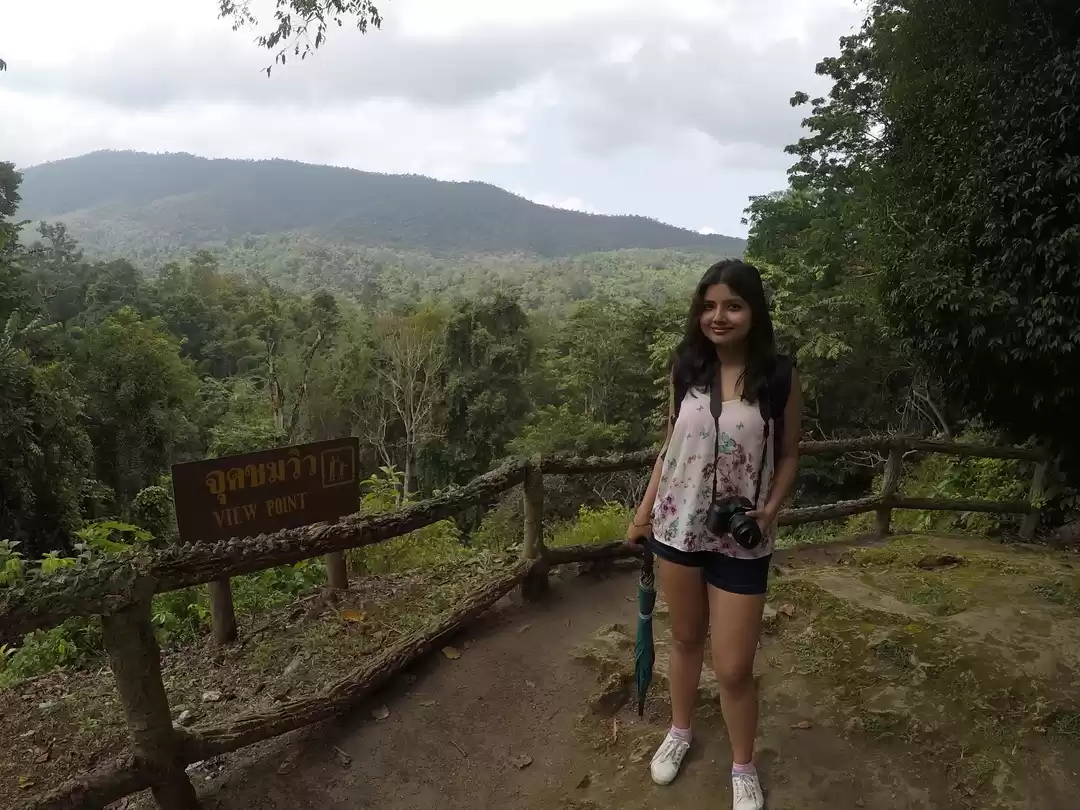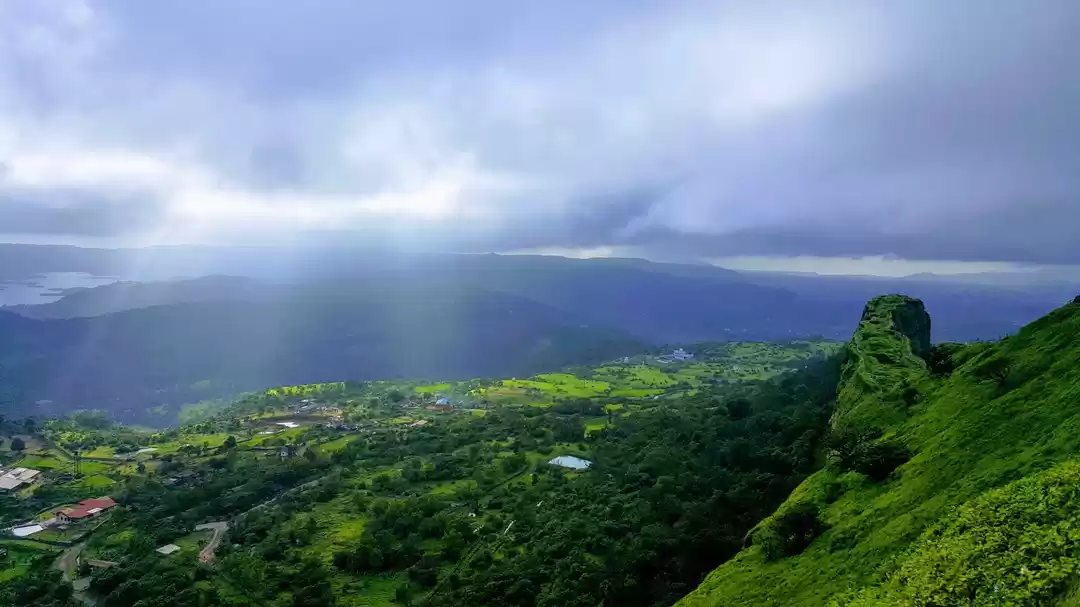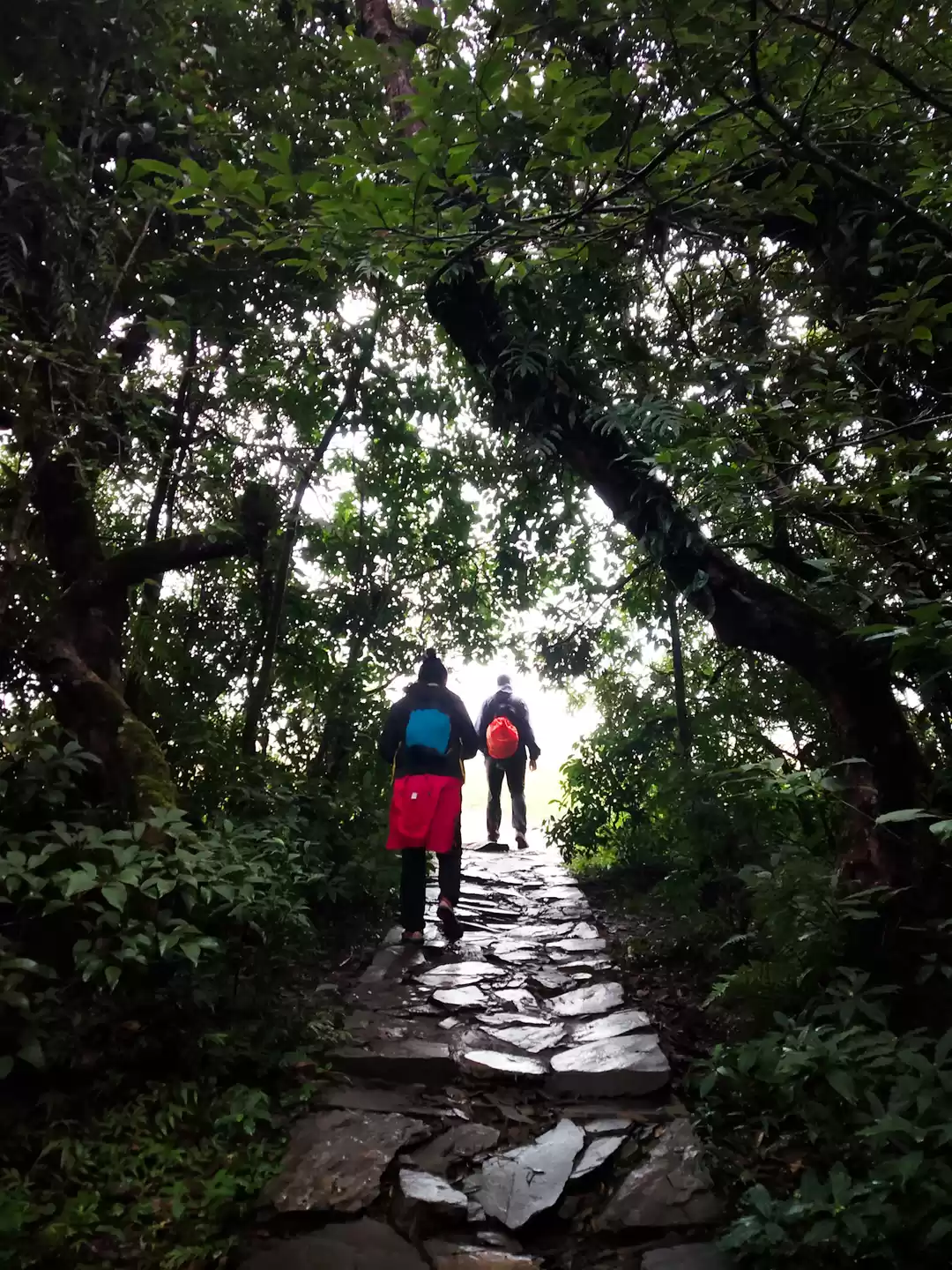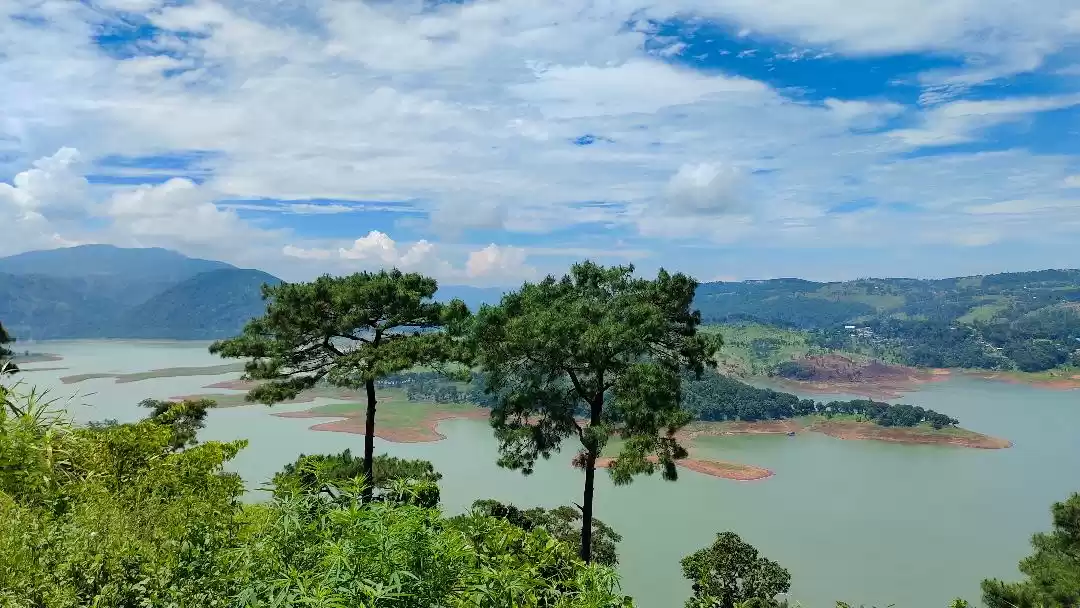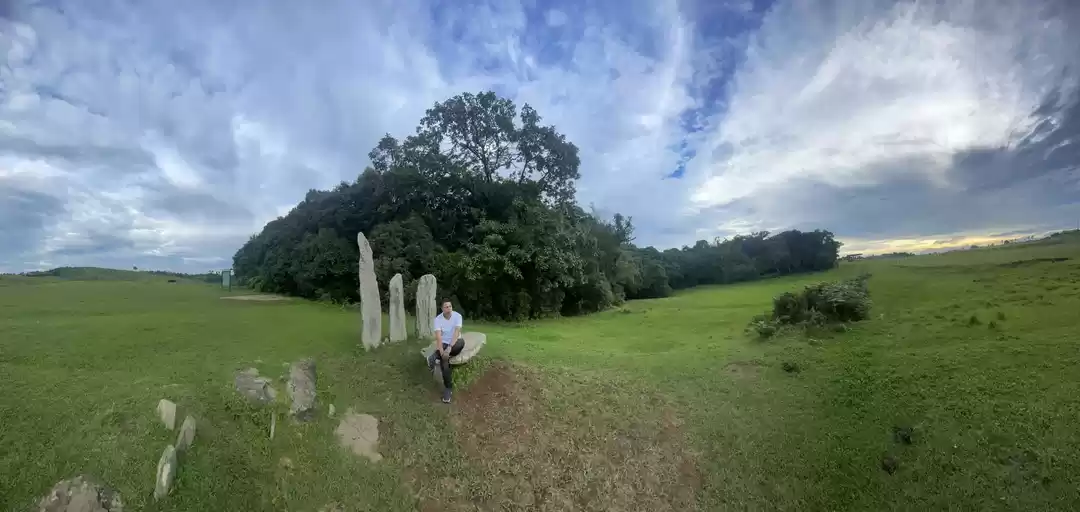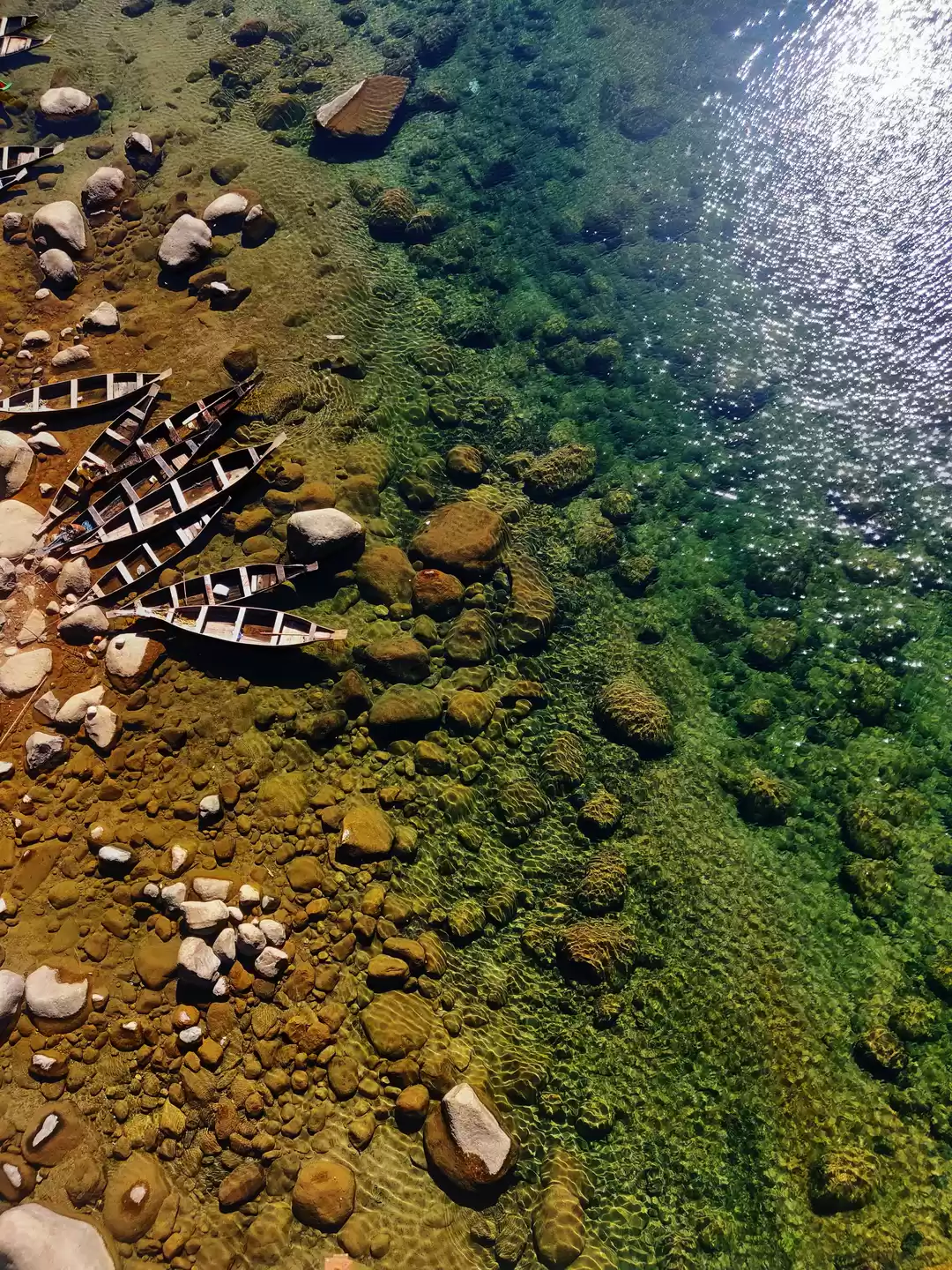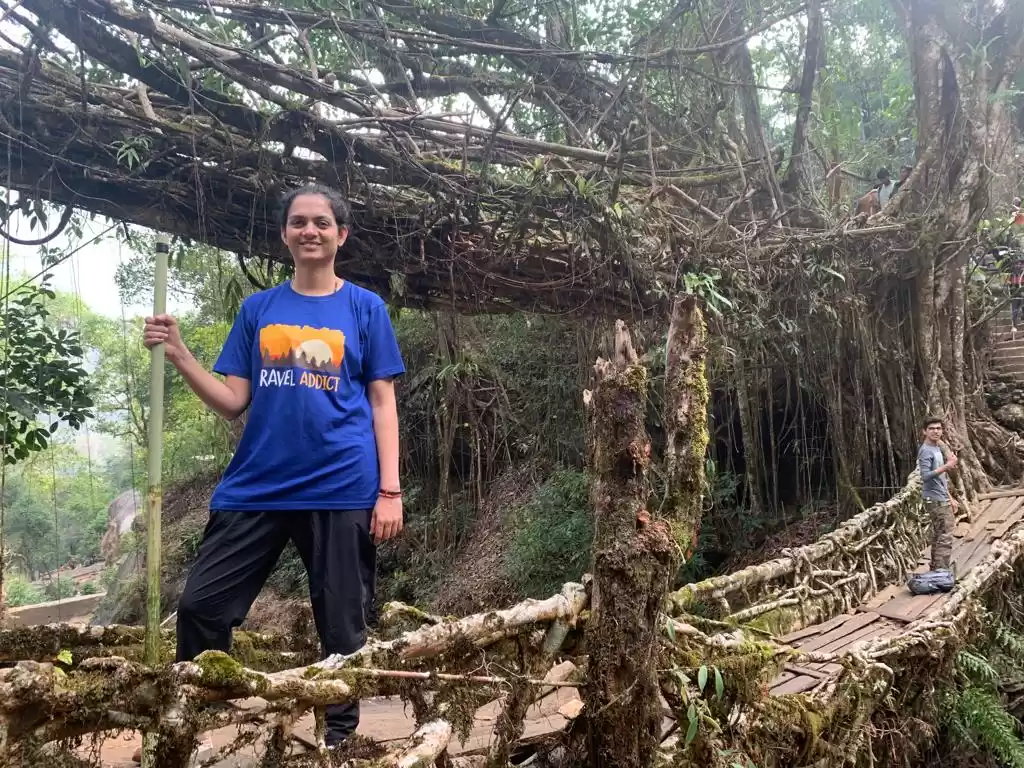









MAWPHLANG| I am on top of one of the East Khasi Hills and the view below is unimaginably beautiful! I can see the Sacred Khasi Groves (Mawphlang) and a village near the forest. It is foggy and the whole scenery looks like an art; an art drawn with peace and love kept in mind. As I drive down the hill and park the car, a boy comes running to me; Ban Lyngdoh and is a (tribal) Khasi boy who works as a part-time guide to the Sacred Groves. He looks so enthusiastic, doesn’t speak Hindi but talks in fluent English (after their native tongue, English is the second language for most of the people in North East). Ban tells me that if we want to enter the Grove, we must hurry as it is evening time and visitors aren’t allowed to enter after sunset. Ban warns us, “Nobody is allowed to take anything from the forest or hurt the forest in any way. Nobody. It is forbidden as these groves are sacred”.
Ban tells us that the word maw means “stone”, maw phlang means “grassy stone,” and is one of many settlements in the Khasi hills named after monoliths.
You can actually see the monolith in the picture (the red box; and that’s me in the blue t-shirt and that’s my family). In the monolith, the standing stones represent male and the stone laid on the ground represents female. Khasi tribe have been making such monoliths since centuries and they consider them to be sacred.
|SACRIFICE| This Sacred Grove was once a site for animal sacrifices (rituals), wherein the Khasi Tribe used to pray in front of the monolith and then enter the Sacred Grove.
Ban leads us inside the forest after a saying a quick prayer to the monolith. It is so calm and peaceful and as we go deeper into the grove, it gets darker as hardly any sunlight gets through to the bottom. After walking for a couple of minutes, your mind starts noticing things: the various trees, plants, the undergrowth, insects, and so on. You try listening to the sound of the forest: the birds, insects, and the breeze which makes the leaves of the trees dance above us. Just then, we come across a number of stones, kept in a structured manner, covered with moss. Ban tells us that this used to be the ‘preparation place’ where the elders had to do a cross check to make sure that everything was present for the sacrifice. One could turn back from here if there was anything missing; but once at the sacrificial place, there was no turning back. The ritual had to be performed then and there.
As I sit here, writing and picturing, absorbing the whole scenario, I hear dad talking to Ban, asking him if they still perform such sacrifices. They do! But now only a small number of tribes living deep inside the lands, far away from the modern world practice such rituals.
Ban sees something and he calls us to him; ‘Taxusbaccata’ he says. It is a medicine-tree which helps in curing breast cancer! “Very expensive in the market”, he tells us.
|ALTAR| We walk for another 10 minutes or so and there is again a site, stones kept in formation, larger than the previous one. Everything is covered in moss and many of the structures hidden inside shrubs. There is a circle made of stones- that is the altar where the animal was sacrificed. They used to decapitate the animal in such a way that the head used to fall inside the circle. Ban shows us five such altars one next to the other. A new altar was made for every newly elected chief.
We start walking and Ban starts telling us a story about the forest, “Khmah Nongsai was a very powerful woman of the Lyngdoh Mawphlang Clan who had a son named Ka Khmah Nongsai. When she was invited to send her son to be the chief of the clan, she said that that was the God’s decision and so she planted 3 saplings and waited for three years. She would give away her son only and only if these 3 seedlings germinated well, and they did. Hence, Ka Khmah Nongsai was made the first chief of the Hima Mawphlang clan”. And with this, Ban shows us these 3 massive trees: 1. Dieng Sohma (Rhus semialata) 2. Dieng sning (Castonopsis Indica) 3. Ka Diengdoh (Ex-bucklandia populnea). These were the three saplings that Khmah had planted and the entire forest what we see today started from this spot some 800-900 years ago!
As we start walking again, my mind’s full of thoughts and a hundred thousand things about the Mawphlang Clan, but at the same time, it is calm and at peace, still trying to digest the beauty and serenity of the forest.
Ban says that it is also said that once upon a time, a guy named U Kun Lyngdoh Mawphlang slipped down the forest and got stuck. As the clan members came running with axes and tools to rescue him, he yelled that “Who dares to take away the clothes of my mother, one tree felled, one head will be chopped off”. This was taken by the Clan so seriously, that till date no one dares take anything from the forest. The Chief of the tribe has punished (and still does) people who have tried to hurt the forest, by twisting their necks, which has often resulted in deaths (last case happened 8-10 years back Ban says).
Trying to digest one more story, Ban warns us again not to harm the forest. And then while walking, he asks us to observe the undergrowth carefully. And to my surprise, so many mushroom. Different colour and sizes; unlike anything I have ever seen! And most of them poisonous- they can kill in minutes! Walking and looking at these trance-like shrooms, the forest gives way to an open space. This is the middle of the forest and there’s something very peculiar about it!
|FEASTING GROUND| Ban tells us that after the sacrifice, the tribe used to bring the animal to this open spot, cook it on top of a wood-fire and eat the entire animal. According to the ritual, it was compulsory to eat the whole animal before leaving the forest. This is a beautiful place with light coming from above and the sound of a stream nearby. You can hear the birds chirp as they come back home to their nests and the hatchlings crying for food. It is cold here! My hands shiver as I sit on a rock, trying to jot down as fast as possible. So basically, I cover some distance, then sit down somewhere and write, then again walk and do the same thing again!
The Feasting Ground. Notice that there are no trees here. (I posed for this one pic, otherwise I was too consumed writing down!) I hear Ban telling my parents about the spirits that still haunt the forest. He says that many people have died here by accidentally eating poisonous mushrooms.
|ESCAPE| We walk for another 45 minutes, crossing the stream, jumping over some rocks and fallen trees, listening to the forest talk, and just as it was beginning to get dark, we come across a small path which leads us out of the forest. All this while I was talking to Ban- Manchester United is his favorite club (and we high-fived just as he said this and bitched about Arsenal and Chelsea); he told he about his girlfriend; about this Canadian guy John who married a Khasi girl and lives nearby; and about his family and their traditions and the occasional parties when all the Clan members come together.
This post was originally published on 'arjunacontent'.



